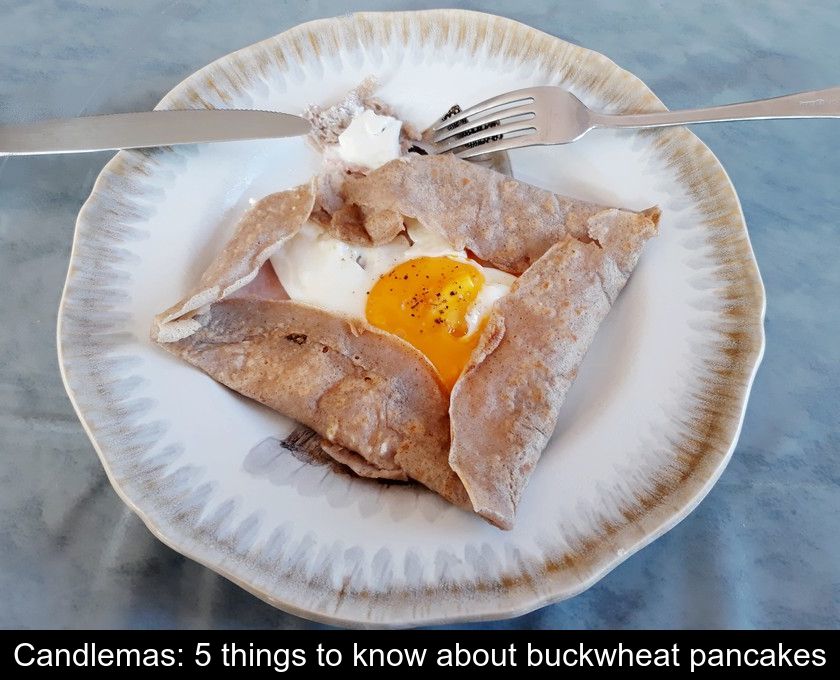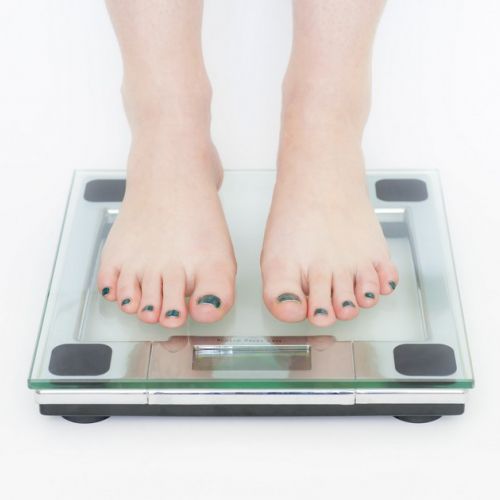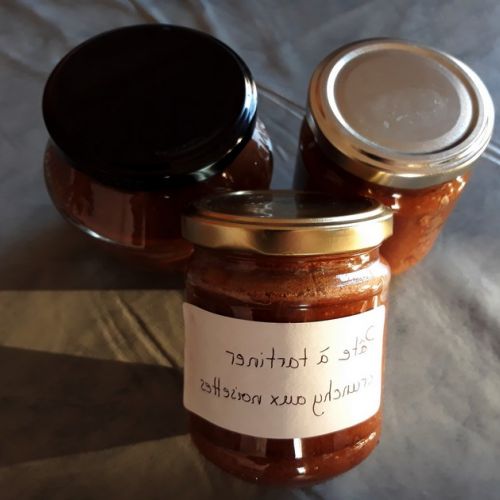Candlemas: 5 Things To Know About Buckwheat Pancakes
Candlemas Day, February 2nd, is the ideal occasion to prepare delicious sweet or savory crepes or to go and taste them in a Breton creperie. But do you know the difference between crepes and galettes? Here are 5 things to know about buckwheat pancakes.
1- The patties are made of buckwheat
While in everyday language we speak indifferently of salted or sweet 'crepes', in Brittany we make the distinction between crepes and galettes.
Pancakes are eaten rather sweet and are prepared with white flour or wheat flour.
On the other hand, Breton galettes are eaten rather salty and are made with black wheat flour also called buckwheat flour.
In creperies, even if the recipes may vary, there is one point on which everyone agrees: Buckwheat pancakes and sweet crepes are gladly accompanied by a bowl of Breton cider.
2- Buckwheat was brought back from the crusades
According to archaeologists, the first patties made of water and grain, cooked on a hot stone, date back to 7,000 BC!
However, it was not until the 13th century that buckwheat Pancakes made their appearance in Brittany.
Indeed, their basic ingredient called buckwheat or black wheat was bringing from Asia during the crusades.
As the Breton climate is well suited to the cultivation of this cereal, it logically became the main ingredient of local galettes.
3- Their composition is simple
At first glance, buckwheat Pancakes seem to be the easiest specialty in the world.
In fact, the basic recipe has only three ingredients: buckwheat flour, salt and water!
To make about 6 patties, count:
- 250 g buckwheat flour
- half a tablespoon of coarse salt
- about 60 cl of water
The above proportions are given as an indication. In fact, you will find when preparing this pancake batter that you need to adapt the amount of water according to the texture of the batter.
4- Their cooking requires special equipment
Also, while making the dough doesn't require many ingredients, baking it is a much trickier step.
To succeed in making buckwheat Pancakes worthy of a Breton creperie, it's best to be well equipped!
The secret of perfectly round galettes lies in the following equipment:
- the circular cooking plate called bilig
- the small T-shaped rake called rozell that allows you to spread the dough on the plate
- the spatula or spanell which is used to flip the pancakes
Finally, to get nice, thin, even pancakes, you'll also need practice... because the whole art of cooking a pancake is in the sleight of hand!
5- There are a few tricks to make cooking easier
While sweet Pancakes are usually a breeze to make, buckwheat Pancakes require more practice and dexterity.
On your first try, it is likely that the pancake will stick in the pan or break or crumble...
To make your patties softer and easier to cook, there are several tricks to try or combine with each other:
- add an egg
- add a little milk
- put one to two tablespoons of wheat flour (white flour) in the dough to add gluten
In any case, don't forget to heat and grease your crepe pan, your frying pan or your bilig well, otherwise the first galette will be a failure for sure!












